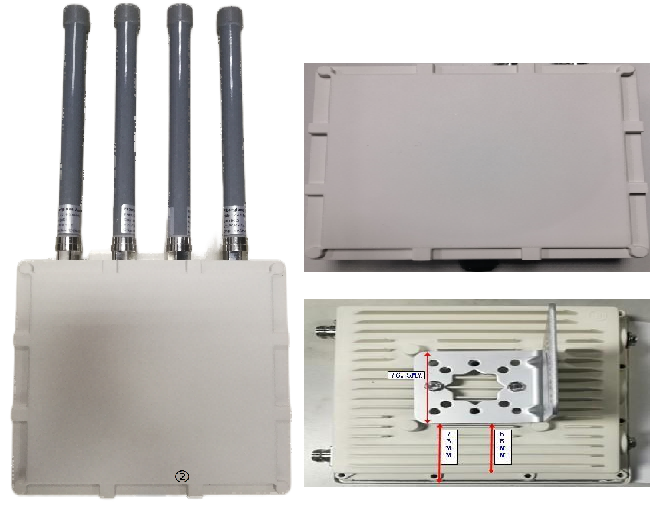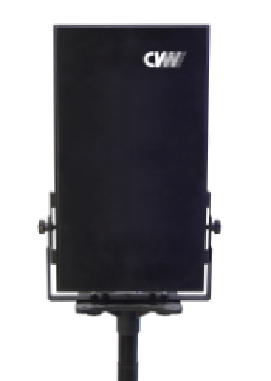In today's fast-paced digital world, wireless high-speed data transmission terminals have become an integral part of our lives. These devices enable us to access and transmit data seamlessly, revolutionizing the way we communicate and interact with the world. In this article, we will delve into the inner workings of wireless high-speed data transmission terminals, exploring the technologies behind them and understanding how they facilitate the transmission of data at lightning-fast speeds.
Understanding Wireless High-Speed Data Transmission
Wireless high-speed data transmission refers to the process of transmitting data wirelessly at high speeds, eliminating the need for physical connections. This technology has gained immense popularity due to its convenience, flexibility, and ability to transmit large amounts of data quickly. The key components of a wireless high-speed data transmission terminal include a transmitter, a receiver, and a medium for data transmission.
Transmitter and Receiver Technologies
The transmitter is responsible for converting the data into a format suitable for wireless transmission. It encodes the data into a series of electrical signals, modulating them onto a carrier wave. The carrier wave is then transmitted through the wireless medium, such as radio waves or infrared signals.
On the receiving end, the receiver captures the transmitted signal and demodulates it to retrieve the original data. It decodes the electrical signals and converts them back into a usable format. The receiver also performs error correction and data integrity checks to ensure accurate transmission.
Wireless Mediums for Data Transmission
Wireless high-speed data transmission terminals utilize various mediums to transmit data wirelessly. The most common mediums include radio waves, infrared signals, and microwave frequencies. Each medium has its advantages and limitations, making them suitable for different applications.
Radio waves are widely used for long-range wireless data transmission, as they can travel long distances without significant signal degradation. They are commonly used in Wi-Fi networks, cellular communication, and satellite communication systems.
Infrared signals, on the other hand, are ideal for short-range communication within a confined space. They are commonly used in devices like remote controls, wireless keyboards, and computer mice.
Microwave frequencies are utilized for high-capacity data transmission over short to medium distances. They are commonly used in point-to-point communication systems, such as microwave links and wireless backhaul networks.
Advancements in Wireless High-Speed Data Transmission
Over the years, wireless high-speed data transmission terminals have witnessed significant advancements, enabling faster and more reliable data transmission. One such advancement is the introduction of multiple-input multiple-output (MIMO) technology. MIMO utilizes multiple antennas at both the transmitter and receiver ends to improve data throughput and enhance signal quality.
Another significant advancement is the use of advanced modulation techniques, such as quadrature amplitude modulation (QAM). QAM allows for the transmission of multiple bits per symbol, increasing the data rate without requiring additional bandwidth.
Furthermore, the introduction of advanced error correction codes, such as forward error correction (FEC), has significantly improved the reliability of wireless data transmission. FEC enables the receiver to correct errors in the received data, ensuring accurate transmission even in the presence of noise and interference.
Wireless high-speed data transmission terminals have revolutionized the way we communicate and access information. Through the use of advanced transmitter and receiver technologies, along with various wireless mediums, these devices enable us to transmit data seamlessly and at lightning-fast speeds. With continuous advancements in wireless technology, we can expect even faster and more reliable data transmission in the future, further enhancing our digital connectivity.

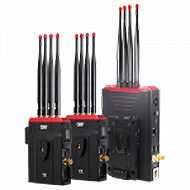 Multi-camera wireless video transmission
Multi-camera wireless video transmission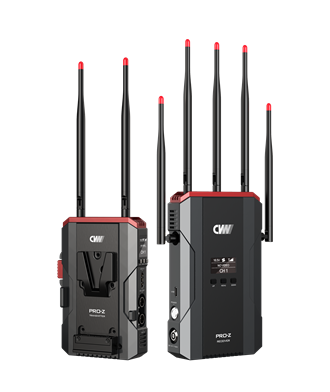 Zero Latency Wireless Video Transmission
Zero Latency Wireless Video Transmission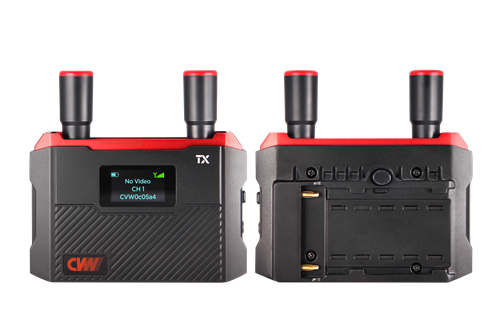
 Designed for teleoperating the heavy equipment
Designed for teleoperating the heavy equipment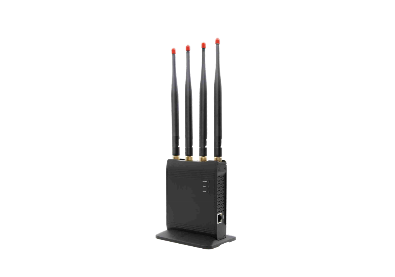 Wireless high-speed data transmission
Wireless high-speed data transmission